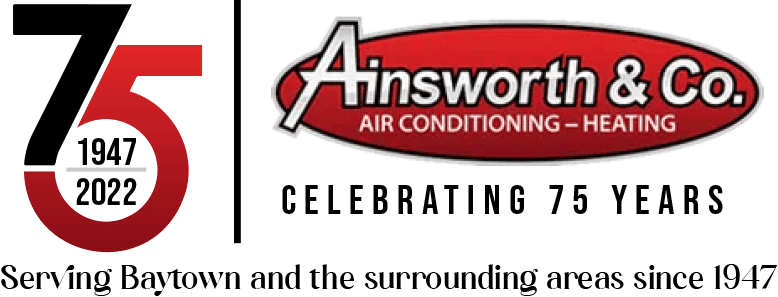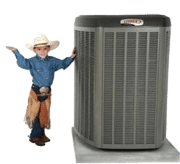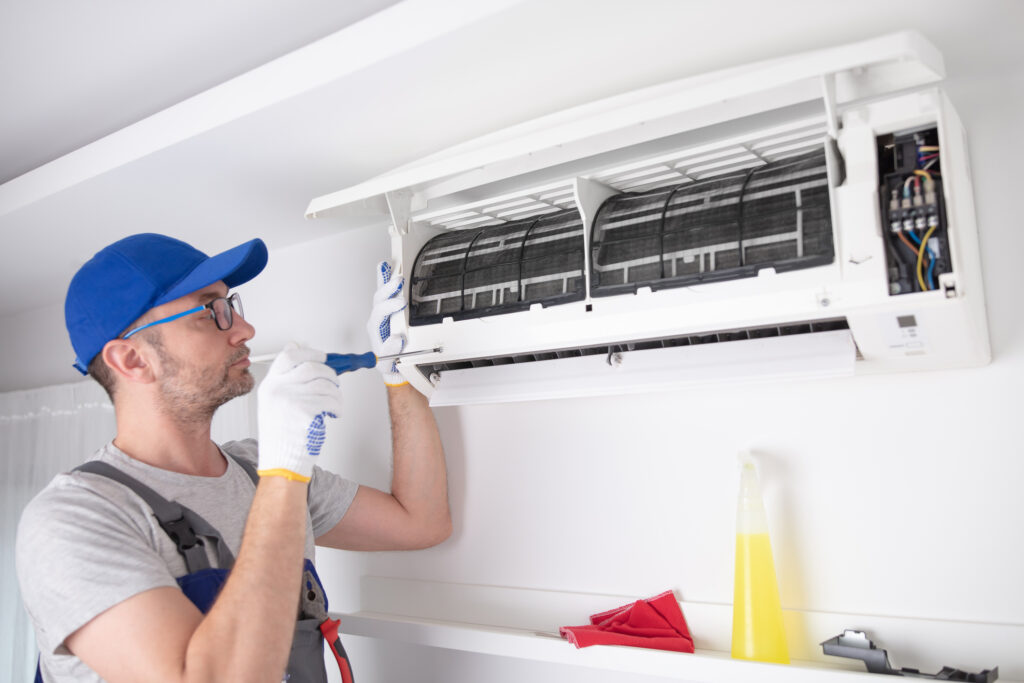As temperatures rise, your air conditioning system becomes indispensable for maintaining comfort indoors. However, like any mechanical system, AC units can encounter problems that affect their performance. Understanding how to troubleshoot these issues can save you time, money, and frustration. In this comprehensive guide, we’ll walk you through common AC problems and provide expert tips for effective AC repair.
1. Strange Noises:
Unusual sounds emanating from your AC unit can indicate underlying issues. Rattling, banging, or grinding noises often suggest loose or damaged components. A buzzing sound may indicate electrical problems, while a hissing noise could signify refrigerant leaks. When troubleshooting strange noises, start by inspecting the exterior and interior components for any visible damage or loose parts. Tighten screws and bolts, and if the noise persists, consult a professional technician to identify and address the root cause.
2. Poor Airflow:
Insufficient airflow from your vents can make your AC unit less effective at cooling your space. This problem may stem from clogged air filters, blocked vents, or malfunctioning blower fans. Begin by checking and replacing dirty air filters to improve airflow. Next, ensure that furniture or other obstructions are not blocking the vents. If airflow issues persist, it may indicate more significant problems with your ductwork or blower fan, requiring professional inspection and repair.
3. Warm Air:
If your AC is blowing warm air instead of cool air, several factors could be to blame. A common culprit is a refrigerant leak, which compromises the system’s ability to produce cold air. Additionally, dirty evaporator or condenser coils can impede heat exchange, resulting in reduced cooling performance. Start by checking for visible signs of refrigerant leaks, such as oily residue around the unit. If no leaks are detected, clean the coils to improve heat transfer. However, handling refrigerant and delicate components requires expertise, so it’s best to leave complex repairs to trained professionals.
4. Thermostat Issues:
A malfunctioning thermostat can lead to temperature discrepancies and erratic AC behavior. If your thermostat displays incorrect temperatures or fails to respond to adjustments, it may need recalibration or replacement. Begin by checking the thermostat settings and ensuring it’s receiving power. If the issue persists, recalibrate the thermostat according to the manufacturer’s instructions. If recalibration doesn’t resolve the problem, consider replacing the thermostat with a new one compatible with your AC system.
5. Leaking Water:
Water leaks around your AC unit can indicate several potential issues, including clogged condensate drain lines, frozen evaporator coils, or a malfunctioning condensate pump. Start by inspecting the condensate drain line for blockages and clearing any debris or algae buildup. Next, check for ice formation on the evaporator coils, which can result from restricted airflow or low refrigerant levels. If the issue persists, consult a professional technician to diagnose and repair the underlying cause of the leak.
6. Electrical Problems:
Electrical issues pose serious risks to both your AC unit and your safety. If you experience frequent tripped breakers, flickering lights when the AC is running, or burning smells emanating from the unit, it’s crucial to address these issues promptly. Start by checking the circuit breaker panel for tripped breakers and resetting them if necessary. Inspect the AC unit’s electrical connections for signs of damage or overheating and replace any faulty components. However, electrical repairs should only be attempted by qualified electricians to ensure safety and compliance with building codes.
7. Uneven Cooling:
Uneven cooling throughout your home can result from various factors, including inadequate insulation, ductwork leaks, or improperly sized AC units. Begin by inspecting your home for drafts, especially around windows, doors, and attic spaces. Seal any gaps or cracks to improve insulation and prevent cool air from escaping. Next, check your ductwork for leaks or damage, as these issues can compromise airflow and distribution. If your AC unit is undersized for your home’s square footage, consider upgrading to a more powerful unit to achieve consistent cooling.
8. System Cycling:
Frequent cycling of your AC system, where it turns on and off rapidly, can indicate issues with the thermostat, airflow, or refrigerant levels. Start by checking the thermostat settings and ensuring they’re properly configured for your comfort preferences. Next, inspect the air filters for clogs or dirt buildup that could restrict airflow and cause the system to cycle more frequently. If these steps don’t resolve the issue, consult a professional technician to diagnose and repair any underlying problems with the thermostat, compressor, or refrigerant levels.
Maintaining a comfortable indoor environment relies on the efficient operation of your air conditioning system. By familiarizing yourself with common AC problems and troubleshooting techniques, you can address issues promptly and avoid costly repairs. Remember to perform regular maintenance, such as cleaning air filters and scheduling professional inspections, to keep your AC unit running smoothly.
If you encounter persistent issues or need expert assistance, contact our team of experienced technicians at Ainsworth & Co. at 281-837-8454 today for reliable and efficient AC repair services. Don’t let AC troubles disrupt your comfort—schedule your service appointment now!











